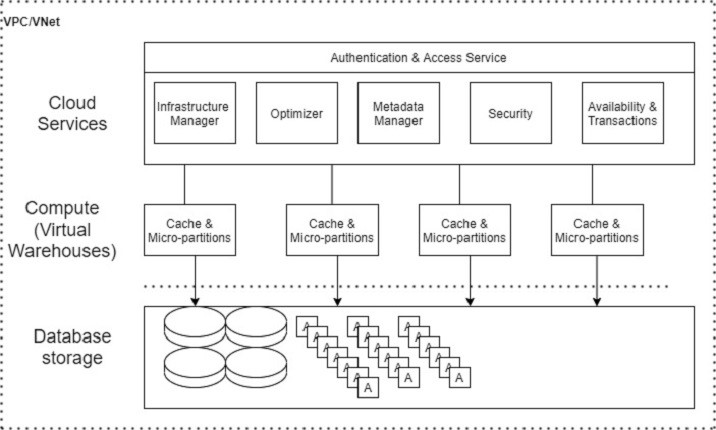Title: “Blockchain Beyond Bitcoin:The Unconventional Applications of Distributed Ledger Technology”
Introduction
Blockchain technology has emerged as one of the most transformative and innovative technological developments in recent years. Originally designed as the underlying technology for cryptocurrencies like Bitcoin, blockchain has transcended its initial purpose and found its way into various industries, reshaping the way we transact, communicate, and secure data. In this article, we will explore the unique and unconventional applications of blockchain, demonstrating its versatility and its potential to revolutionize a wide range of sectors.
“Supply Chain Management”
Blockchain’s immutable and transparent ledger is perfect for tracking the journey of products from the manufacturer to the end consumer. By enabling every participant in a supply chain to record transactions, it reduces fraud, minimizes errors, and ensures the integrity of the supply chain. Companies like Walmart and IBM are already implementing blockchain to enhance transparency and traceability.
“Blockchain-Backed Voting Systems Gain Traction”
Blockchain-based voting systems are gaining popularity for their potential to enhance election security and transparency. Several countries are testing this technology to enable remote voting while ensuring the integrity of the voting process. Blockchain may soon transform the way we cast our ballots in elections.
“Intellectual Property Protection”
Protecting intellectual property is a significant challenge in the digital age. Blockchain can be used to timestamp and record patents, copyrights, and trademarks securely. This provides an immutable proof of creation and ownership, reducing disputes and plagiarism.
“Medical Records”
The healthcare industry is increasingly exploring blockchain’s capabilities to securely store and manage patient records. Patients can have control over who accesses their data, which can improve data security and privacy. This decentralized approach to medical records can save lives and reduce healthcare costs.
“Blockchain Technology Finds New Horizons in Healthcare Sector”
Blockchain technology continues to expand its reach, with the healthcare sector now adopting its capabilities. Major medical institutions and startups are using blockchain to securely store and manage patient records, enhancing data security and privacy. This innovation promises to streamline healthcare processes and improve patient care.
“Real Estate Industry Welcomes Blockchain Revolution”
The real estate sector is embracing blockchain technology to simplify property transactions. Blockchain’s transparent and secure nature reduces fraud and accelerates the transfer of property ownership. This digital transformation promises to make buying and selling properties more efficient and trustworthy.
“Cross-Border Payments Made Faster and Cheaper with Blockchain”
Blockchain technology is revolutionizing cross-border payments, offering a cost-effective and quicker alternative to traditional banking methods. With reduced fees and faster transaction times, blockchain-based cross-border payments are reshaping the financial industry, benefiting individuals and businesses alike.
“Art and Collectibles”
Blockchain can be used to verify the authenticity and provenance of art and collectibles. Each piece can be assigned a unique digital identity stored on the blockchain, ensuring that buyers are getting exactly what they pay for.
“Smart Contracts”
Smart contracts are self-executing contracts with the terms of the agreement directly written into code. These contracts automatically execute and enforce themselves when predefined conditions are met. They have applications in various sectors, from insurance to real estate.
“Environmental Conservation”
Blockchain can be used to track and verify carbon credits and monitor the supply chain for eco-friendly products. It can encourage sustainable practices by providing transparency and accountability.
“Digital Identity”
Blockchain offers a solution to the growing problem of identity theft and data breaches. Users can have a secure and self-sovereign digital identity, giving them control over their personal information.
“Blockchain Art Authentication: A Boon for Collectors”
Blockchain is transforming the art world by providing a secure method for verifying the authenticity of artworks and collectibles. Each piece is assigned a unique digital identity, assuring buyers of the item’s provenance and value. This innovation is set to benefit art collectors and the art market as a whole.

Blockchain technology is no longer limited to cryptocurrencies; it has evolved into a powerful and versatile tool with the potential to reshape industries and improve various aspects of our lives. Its decentralized, secure, and transparent nature makes it an attractive solution for a wide array of applications, from supply chain management to digital identity. As blockchain continues to mature and gain adoption, we can expect to see even more innovative use cases and positive changes across various sectors, making it a technology worth keeping an eye on in the years to come.


